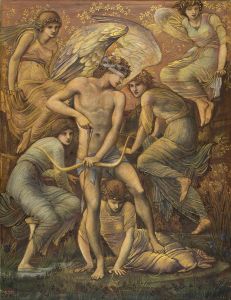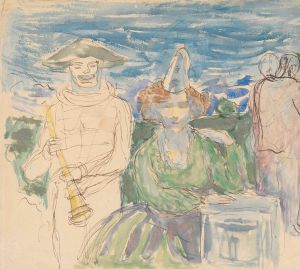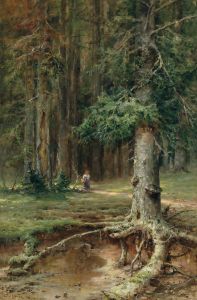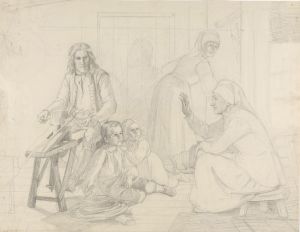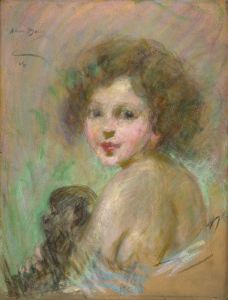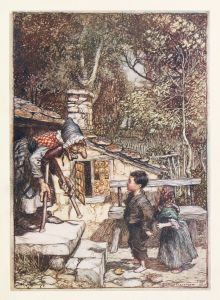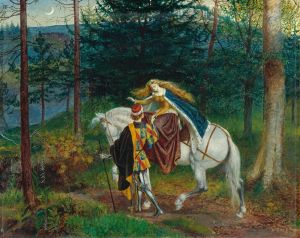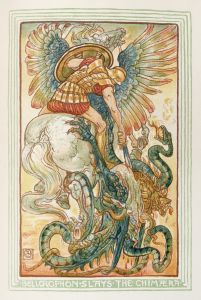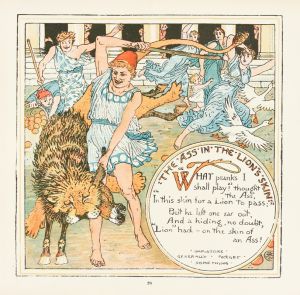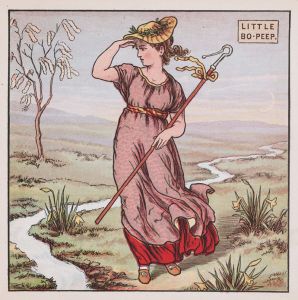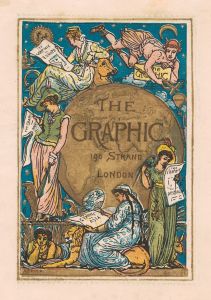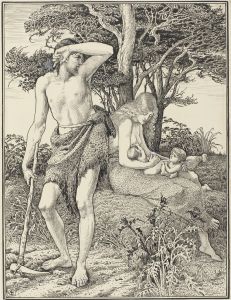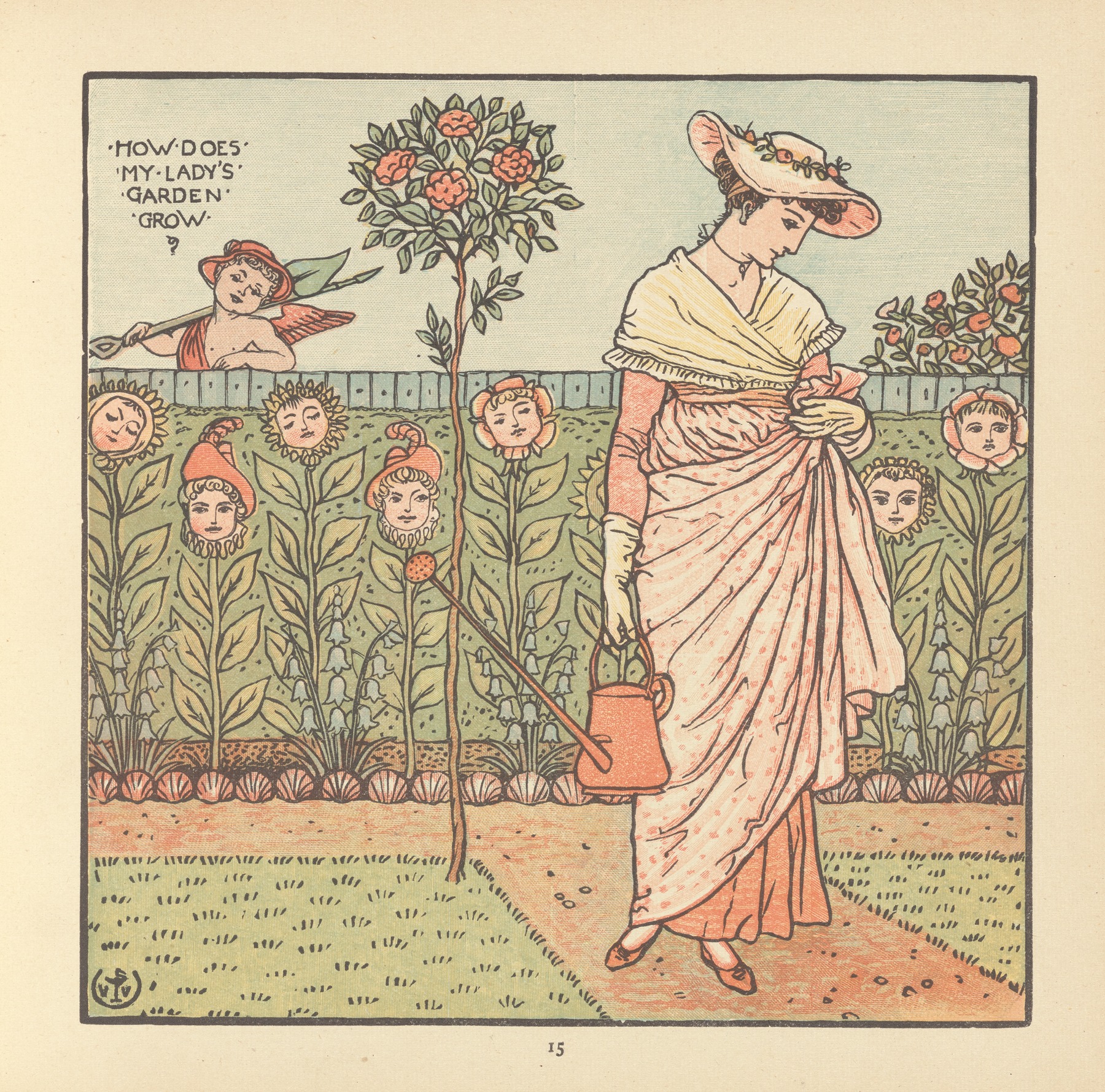
My Lady’s Garden
A hand-painted replica of Walter Crane’s masterpiece My Lady’s Garden, meticulously crafted by professional artists to capture the true essence of the original. Each piece is created with museum-quality canvas and rare mineral pigments, carefully painted by experienced artists with delicate brushstrokes and rich, layered colors to perfectly recreate the texture of the original artwork. Unlike machine-printed reproductions, this hand-painted version brings the painting to life, infused with the artist’s emotions and skill in every stroke. Whether for personal collection or home decoration, it instantly elevates the artistic atmosphere of any space.
Walter Crane (1845–1915) was a prominent English artist and book illustrator, known for his contributions to the Arts and Crafts Movement. One of his notable works is "My Lady’s Garden," which exemplifies his distinctive style and artistic philosophy.
"My Lady’s Garden" is a watercolor painting created by Crane in 1905. The artwork reflects Crane's fascination with medieval and Renaissance themes, as well as his commitment to the principles of the Arts and Crafts Movement, which emphasized craftsmanship, the beauty of natural forms, and the integration of art into everyday life.
The painting depicts a serene and idyllic garden scene, characterized by its lush greenery, vibrant flowers, and a sense of tranquility. In the center of the composition, a lady in elegant attire is seen tending to the garden, embodying the ideal of harmonious living with nature. The detailed rendering of the flora and the careful attention to the patterns and textures of the lady's dress highlight Crane's skill as an illustrator and his dedication to decorative detail.
Crane's use of color in "My Lady’s Garden" is particularly noteworthy. The palette is rich and varied, with a harmonious blend of greens, blues, and reds that create a vivid and inviting atmosphere. The interplay of light and shadow adds depth to the scene, enhancing the three-dimensional quality of the garden and the figures within it.
As with many of Crane's works, "My Lady’s Garden" also reflects his interest in the symbolic and allegorical. The garden, often a symbol of paradise or the Garden of Eden, can be interpreted as a representation of an idealized world where art, nature, and human activity coexist in perfect harmony. This theme is consistent with the ideals of the Arts and Crafts Movement, which sought to counteract the negative effects of industrialization by promoting a return to handcrafted beauty and the integration of art into daily life.
Walter Crane was not only a painter but also a prolific book illustrator, and his work in children's literature is highly regarded. His illustrations for nursery rhymes and fairy tales are celebrated for their imaginative and detailed designs. "My Lady’s Garden" shares this illustrative quality, with its meticulous attention to detail and its narrative potential, inviting viewers to imagine the stories and lives of the figures within the scene.
Crane's influence extended beyond his own work; he was an advocate for the social and educational roles of art. He believed that art should be accessible to all and that it had the power to improve society. This belief is evident in his involvement with the Arts and Crafts Exhibition Society and his efforts to promote art education.
In summary, "My Lady’s Garden" by Walter Crane is a testament to the artist's skill, his dedication to the principles of the Arts and Crafts Movement, and his belief in the transformative power of art. The painting captures an idealized vision of nature and human activity, rendered with exquisite detail and a harmonious use of color, reflecting Crane's enduring legacy as a master of both fine and decorative arts.





